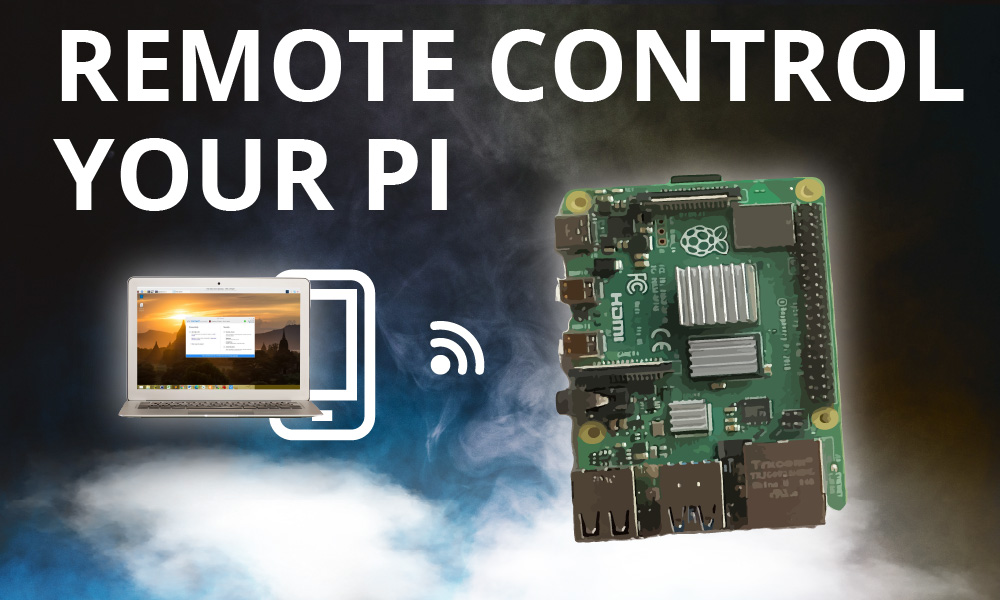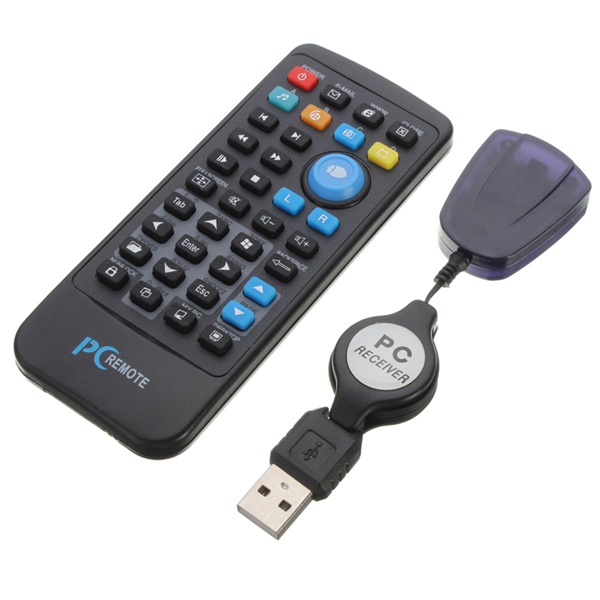How To Remote Control Raspberry Pi: A Comprehensive Guide
Remote controlling your Raspberry Pi has become an essential skill for tech enthusiasts, hobbyists, and professionals alike. Whether you're managing a home automation system, running a server, or working on IoT projects, the ability to access your Raspberry Pi remotely can significantly enhance productivity and convenience.
With advancements in technology, controlling your Raspberry Pi from anywhere in the world is not only possible but also straightforward. This guide will walk you through the steps to set up remote access for your Raspberry Pi, ensuring you have seamless control over your device, no matter where you are.
By the end of this article, you'll understand the tools, methods, and best practices for remote controlling your Raspberry Pi. Whether you're a beginner or an advanced user, this guide will provide valuable insights to help you get started or refine your skills.
Table of Contents
- Introduction to Remote Control Raspberry Pi
- Raspberry Pi Basics
- Methods to Remote Control Raspberry Pi
- Network Configuration for Remote Access
- Setting Up Necessary Software
- Securing Your Remote Connections
- Troubleshooting Common Issues
- Advanced Features for Remote Control
- Real-World Use Cases
- Conclusion and Next Steps
Introduction to Remote Control Raspberry Pi
Remote controlling your Raspberry Pi opens up a world of possibilities. Instead of being tethered to your device physically, you can manage it from any location with an internet connection. This capability is particularly useful for projects that require constant monitoring or interaction, such as home security systems, weather stations, or media servers.
Before diving into the technical details, it's important to understand the basics of remote access and the tools available. Remote control involves connecting to your Raspberry Pi from another device, typically a computer or smartphone, using specific protocols and software. This article will explore the most common and effective methods to achieve this.
Raspberry Pi Basics
Raspberry Pi is a powerful yet affordable single-board computer designed for educational and hobbyist purposes. It has gained immense popularity due to its versatility and ease of use. Before setting up remote control, familiarize yourself with the following:
- Operating System: Raspberry Pi runs on various operating systems, with Raspberry Pi OS being the most popular.
- Networking: Ensure your Raspberry Pi is connected to a stable network via Wi-Fi or Ethernet.
- SSH and VNC: These are the primary tools used for remote access, which we'll discuss in detail.
Methods to Remote Control Raspberry Pi
There are several methods to remote control your Raspberry Pi. The choice depends on your specific needs and preferences. Below are the most commonly used techniques:
Using SSH
SSH (Secure Shell) is a secure protocol that allows you to access the command-line interface of your Raspberry Pi remotely. Here's how you can set it up:
- Enable SSH: On your Raspberry Pi, go to
Raspberry Pi Configurationand enable SSH. - Find IP Address: Use the command
hostname -Ito find your Raspberry Pi's IP address. - Connect via SSH Client: Use an SSH client like PuTTY (Windows) or the built-in terminal (Mac/Linux) to connect using the IP address.
Using VNC
VNC (Virtual Network Computing) provides a graphical interface for remote access. It's ideal if you prefer working with a desktop environment. Follow these steps:
- Install VNC Server: Use the command
sudo apt install realvnc-vnc-server. - Enable VNC: Go to
Raspberry Pi Configurationand enable VNC. - Connect via VNC Viewer: Download VNC Viewer on your device and connect using the Raspberry Pi's IP address.
Network Configuration for Remote Access
Proper network setup is crucial for successful remote control. Consider the following:
- Static IP Address: Assign a static IP to your Raspberry Pi for consistent access.
- Port Forwarding: Configure your router to forward SSH (port 22) or VNC (port 5900) to your Raspberry Pi's IP address.
- Dynamic DNS: Use services like No-IP or DuckDNS to access your Raspberry Pi using a domain name instead of an IP address.
Setting Up Necessary Software
Installing the right software ensures smooth remote control. Here's what you need:
- Raspberry Pi OS: Ensure your Raspberry Pi is running the latest version of Raspberry Pi OS.
- SSH Client: PuTTY for Windows or terminal applications for Mac/Linux.
- VNC Viewer: Available for Windows, Mac, and mobile devices.
Securing Your Remote Connections
Security is paramount when enabling remote access. Follow these best practices:
- Change Default Passwords: Update the default username and password for your Raspberry Pi.
- Use SSH Keys: Disable password-based authentication and use SSH keys for enhanced security.
- Firewall Configuration: Set up a firewall to restrict unauthorized access.
Troubleshooting Common Issues
Encountering issues during setup is not uncommon. Here are some solutions:
- Connection Refused: Ensure SSH or VNC is enabled and the correct IP address is used.
- Network Issues: Check your router settings and ensure a stable internet connection.
- Authentication Errors: Verify your SSH keys or password credentials.
Advanced Features for Remote Control
Once you've mastered the basics, explore advanced features:
- Automation Scripts: Use scripts to automate tasks and improve efficiency.
- Remote Desktop Solutions: Experiment with alternatives like TeamViewer or Chrome Remote Desktop.
- Cloud Integration: Connect your Raspberry Pi to cloud platforms for enhanced functionality.
Real-World Use Cases
Remote controlling your Raspberry Pi has practical applications across various fields:
- Home Automation: Control smart home devices from anywhere.
- Server Management: Manage web or file servers remotely.
- IoT Projects: Monitor and interact with IoT devices in real-time.
Conclusion and Next Steps
Remote controlling your Raspberry Pi is a valuable skill that enhances its usability and functionality. By following the steps outlined in this guide, you can set up secure and efficient remote access for your device. Remember to prioritize security and explore advanced features to unlock the full potential of your Raspberry Pi.
Take action by trying out the methods discussed and share your experience in the comments below. For more insights, explore our other articles on Raspberry Pi and related technologies. Happy tinkering!
Data sources and references:

Control your Raspberry Pi Remotely PiCockpit

How to Configure Remote Desktop on Raspberry Pi? TechSphinx

USB Infrared Remote Control For Raspberry Pi